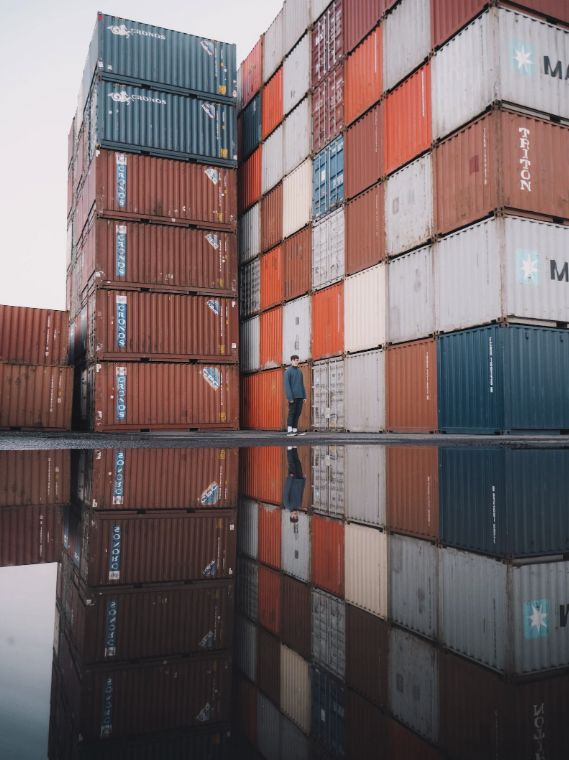4 Types of Non-Tariff Barriers to Trade


In recent years, there has been an increase in the use of tariffs and trade barriers. Tariffs are taxes on imported goods, while trade barriers are restrictions on the import or export of goods.
The basic purpose of tariffs and trade barriers is to protect businesses and industries in the home country, which we’ll discuss more later.
But what’s not as talked about are non-tariff barriers to trade.
What Are Non-Tariff Barriers to Trade?
There are several types of non-tariff barriers to trade, including:
- Licenses
- Voluntary export restraints (VER)
- Local content requirements
- Import quotas
Licenses
Licenses are required in order to import or export certain goods. The purpose of a license is to ensure that the products being imported or exported meet certain safety standards.
Voluntary Export Restraints (VER)
A voluntary export restraint is an agreement between two countries in which one country agrees to limit the amount of goods it exports to the other country.
Local Content Requirements
Local content requirements are policies that require a certain percentage of a good or service to be produced locally.
Import Quotas
Import quotas are restrictions on the quantity of goods that can be imported into a country. They are often used to protect local businesses and industries from foreign competition.
Why Traders, Investors, and Business Owners Need to Be Aware of Non-Tariff Barriers to Trade
Non-tariff barriers to trade can have a significant impact on those in business or in the financial markets.
For example, if you’re a business owner who specializes in importing goods from Country A to Country B, a local content requirement in Country B could make it difficult or impossible for you to do business.
And if you’re an investor who owns shares in a company that exports goods to another country, an import quota in that country could limit the demand for your company’s products and negatively impact your investment.
It’s important to be aware of non-tariff barriers to trade so that you can avoid potential problems when trading or investing companies with international exposure.
This is especially true in periods, like now, where there is more global conflict and non-tariff barriers to trade are becoming more common.
In times of very high conflict, some countries may cease to trade with each other altogether, essentially shutting people and companies out of entire access to certain products or goods from a particular country.
FAQs – Non-Tariff Barriers to Trade
What are the types of non-tariff barriers to trade?
Import quotas restrict the quantity of goods that can be imported into the country. Voluntary export restraints (VER) are agreements between two countries in which one country agrees to limit its exports to the other country.
Local content requirements stipulate that a certain percentage of a good must be produced locally in order to be imported into the country.
What are the impact of tariffs and trade barriers on the economy?
The use of tariffs and trade barriers can have both positive and negative effects on the economy.
On the positive side, tariffs and trade barriers can protect businesses and industries in the home country.
They can also encourage businesses to become more efficient and innovative.
On the negative side, tariffs and trade barriers can lead to higher prices for consumers, reduced competition, and retaliation from other countries.
What is the difference between a tariff and a non-tariff barrier to trade?
A tariff is a tax on imported goods. A non-tariff barrier to trade is a policy that restricts the import or export of certain goods.
Non-tariff barriers include import quotas, local content requirements, and licenses.
What are some examples of non-tariff barriers to trade?
Import quotas, local content requirements, and licenses are all examples of non-tariff barriers to trade.
Conclusion – Non-Tariff Barriers to Trade
The use of tariffs and other non-tariff trade barriers is a controversial topic. There are pros and cons to their use.
Ultimately, it is up to each individual country to decide whether or not to use tariffs and trade barriers.